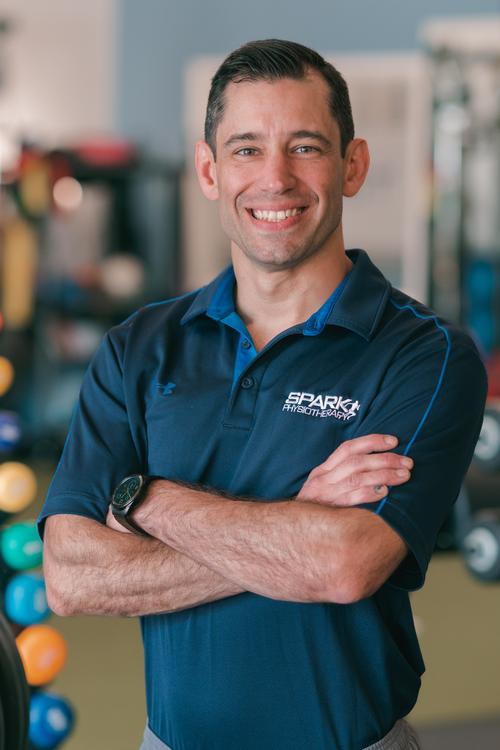 Basketball is about speed, agility, fast breaks, and the ability to recover from high-impact activities. Successful players need the stamina to travel horizontally across the court and the vertical power to jump and land—without suffering any injuries in between. Unfortunately, many professional basketball players’ careers have been cut short due to traumatic injuries and repetitive wear and tear on the joints.
Basketball is about speed, agility, fast breaks, and the ability to recover from high-impact activities. Successful players need the stamina to travel horizontally across the court and the vertical power to jump and land—without suffering any injuries in between. Unfortunately, many professional basketball players’ careers have been cut short due to traumatic injuries and repetitive wear and tear on the joints.
Whether you’re one of the pros, play on a school team, or enjoy pickup games in the park, SPARK Physiotherapy’s basketball program can help maximize your performance and minimize injury risk. Please fill out our online contact form to learn more about our basketball physical therapy and conditioning program.
Basketball Injuries That Can Take You Out of the Game
Due to the rigors of the game, specific injuries are more common in basketball, including:
- Knee injuries. Players might suffer damage to the ACL (anterior cruciate ligament), MCL (medial collateral ligament), or fractured kneecaps, causing instability in the knee joint. Slow and meticulous movements are often necessary to gradually build strength in the knee and prevent it from suddenly giving out.
- Ankle injuries. Ankle sprains, strains, and fractures occur when players overextend the ankle joint or pivot when standing on one foot. A quick change in direction, sudden stop, or hard landing after a jump can cause the ankle to roll and stretch or tear the ligaments in the joint.
- Hip and pelvis injuries. A fall, twist, or collision with another player can cause severe damage to the hips and thighs. Pelvis fractures, hip strains, and thigh contusions can slow players down significantly.
- Foot fractures. Repeated jumping and landing can cause hairline cracks in the bones of the feet, causing extreme pain in the midfoot and under the toes. After long rest periods or casting, players may need specialized stretching and gradual weight-bearing exercises to build back lost abilities.
One-on-One Basketball Conditioning and Physical Therapy
Some physical therapy providers cut patients loose after easing pain in their damaged joints and tissues. Our methods address the full spectrum of gameplay, from injury rehabilitation and surgery recovery to targeted athletic development to help players avoid future injuries.
Here’s how we do it:
- Basketball-specific evaluation. No two basketball players have the same biomechanical makeup. We do a deep dive analysis of your first-step quickness, jump ability, landing mechanics, and agility to discover what your body is best designed for on the court. After your evaluation, your physical therapist develops a treatment plan tailored to address weaknesses and improve core skills.
- Increasing flexibility. Our stretching regimen is based on actual court movements, such as neck and side stretches for pivoting, groin and hip stretches for fast turns, and heel-drop calf and Achilles stretches for shooting and landing. We also use manual therapies such as dry needling and manipulating soft tissues to relax muscles, ease pain, break up scar tissue, and increase circulation.
- Building strength. Basketball training should mimic the action on the court to meet the specific demands of the game. We help players hone their quick-twitch movements, harness their strength, improve their accuracy, perform speed drills to decelerate on a dime, and give them the power they need to play above the rim.
- Preventing injury. All of our exercises are designed to reduce basketball-related trauma and overuse injuries. We address the root cause of injuries (such as developmental differences between the right and left legs) and strengthen the surrounding tissues to reduce the chances of injuries during the game.
Join Our Basketball Conditioning Program Today
SPARK Physiotherapy's sports medicine and training therapy delivers consistent, measurable results for athletes of all ages. Contact us today or call 703-329-0181 to learn more.





